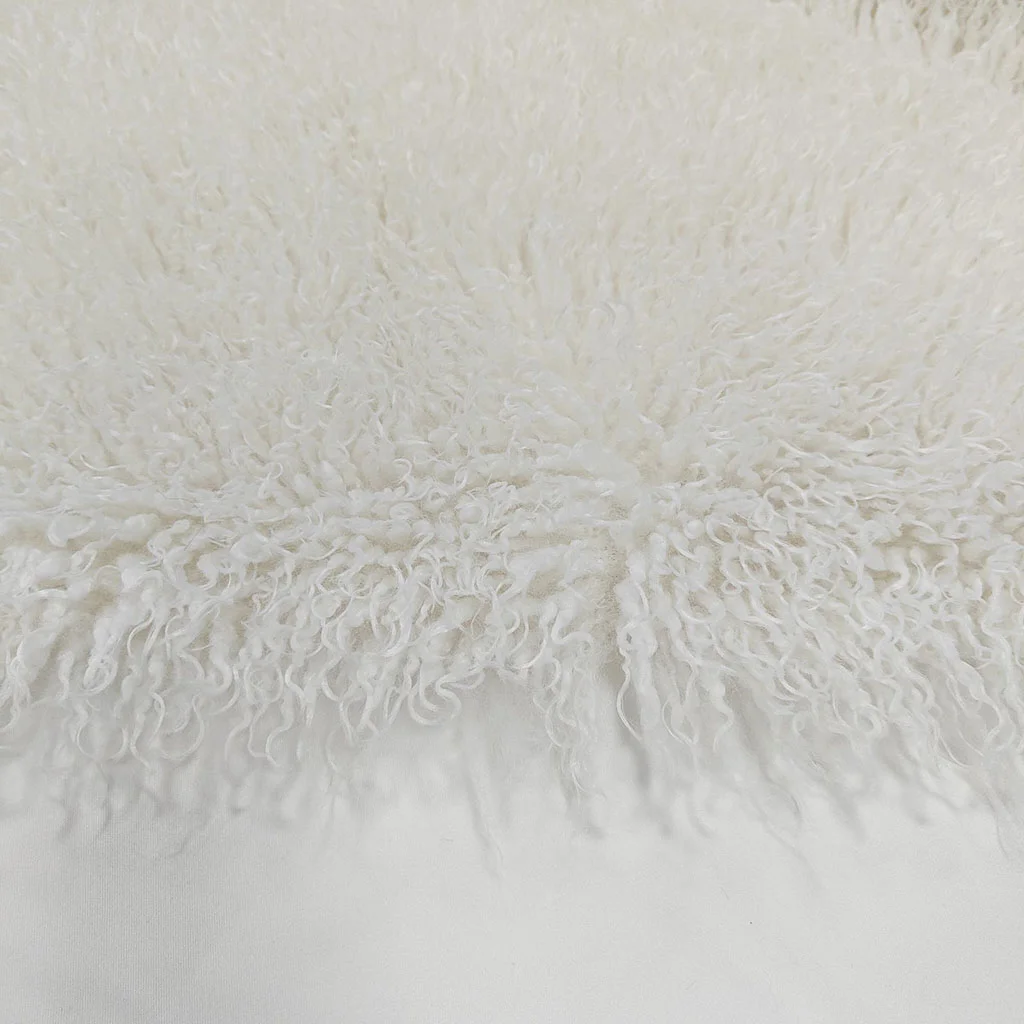When it comes to gym leggings, the choice of fabric can significantly impact your workout experience. With a plethora of options available on the market, understanding which fabric is best for gym leggings is crucial for optimizing performance, comfort, and style. In this comprehensive guide, we will explore the various types of fabrics used in gym leggings, their unique properties, and how to select the right one for your fitness needs.
Understanding Fabric Types
- Polyester
Polyester is one of the most common fabrics used in gym leggings due to its durability and moisture-wicking properties. This synthetic fabric is lightweight, quick-drying, and resistant to shrinking and stretching. Its breathability makes it an excellent choice for high-intensity workouts, as it helps keep you dry and comfortable. Additionally, polyester blends well with other materials, enhancing the overall performance of the leggings. - Nylon
Known for its exceptional stretch and recovery, nylon is another popular choice for gym leggings. This fabric is soft to the touch and provides a snug fit, making it ideal for activities that require a full range of motion, such as yoga or pilates. Nylon also has moisture-wicking capabilities, ensuring that sweat is drawn away from the skin. However, it may not be as breathable as polyester, so consider the intensity of your workouts when choosing nylon leggings. - Spandex (Lycra)
Spandex, often blended with other fabrics, is renowned for its elasticity. It allows for unrestricted movement, making it a staple in activewear. Leggings with a higher spandex content provide a second-skin feel, which is perfect for activities that require flexibility. However, spandex alone may not offer the best moisture management, so it is typically combined with polyester or nylon to enhance performance. - Cotton
While cotton is a natural fiber known for its softness and comfort, it is generally not recommended for high-intensity workouts. Cotton absorbs moisture, which can lead to discomfort during exercise as it becomes heavy and damp. However, cotton leggings can be suitable for low-impact activities or casual wear, where comfort is prioritized over performance. - Bamboo Fabric
An eco-friendly alternative, bamboo fabric is gaining popularity in the activewear industry. It is naturally moisture-wicking, breathable, and has antibacterial properties, making it a great choice for gym leggings. Bamboo fabric is also incredibly soft and comfortable against the skin, providing a luxurious feel during workouts. However, it may not offer the same level of stretch as synthetic fabrics, so consider your activity level when opting for bamboo leggings.
Key Considerations for Choosing the Right Fabric
- Activity Type
The type of workout you plan to engage in should heavily influence your fabric choice. For high-intensity workouts, opt for moisture-wicking fabrics like polyester or nylon. For yoga or pilates, consider leggings with a higher spandex content for flexibility. - Climate and Environment
Consider the climate in which you will be exercising. In hot and humid conditions, breathable and moisture-wicking fabrics are essential to keep you cool. Conversely, in colder environments, thicker fabrics that provide insulation may be more appropriate. - Fit and Comfort
The fabric's stretchability and softness are crucial for comfort. Look for leggings that offer a good balance of stretch and support, ensuring they stay in place during your workout without feeling restrictive. - Durability and Care
Consider how the fabric will hold up over time. Synthetic fabrics like polyester and nylon are generally more durable and resistant to wear and tear compared to natural fibers. Additionally, check the care instructions, as some fabrics may require special washing conditions to maintain their quality. - Sustainability
With growing awareness of environmental issues, many consumers are now considering the sustainability of their activewear. Fabrics like bamboo and recycled polyester offer eco-friendly options without compromising on performance.
Conclusion
Choosing the best fabric for gym leggings involves understanding the unique properties of each material and how they align with your fitness goals. By considering factors such as activity type, climate, fit, durability, and sustainability, you can make an informed decision that enhances your workout experience. Whether you prefer the moisture-wicking capabilities of polyester, the stretch of spandex, or the eco-friendliness of bamboo, the right fabric can make all the difference in achieving your fitness aspirations. So, gear up, choose wisely, and enjoy your workouts in style and comfort!

